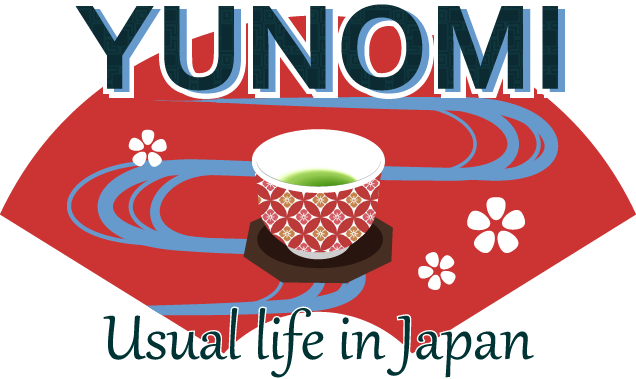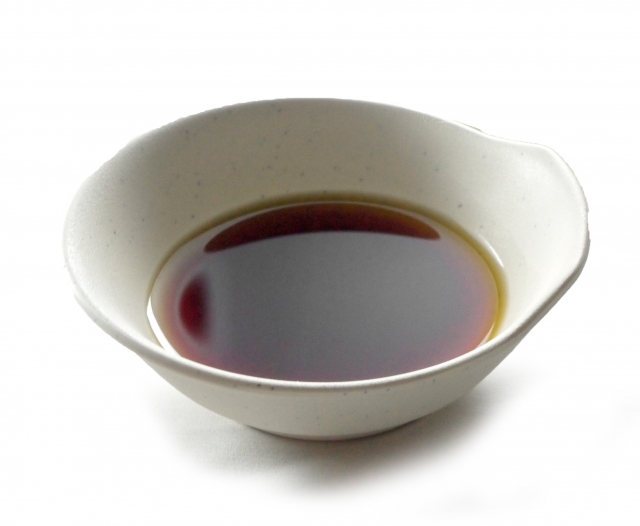If the spices are the base of Indian cuisine, Soy sauce is undoubtedly the base of Japanese cuisine.
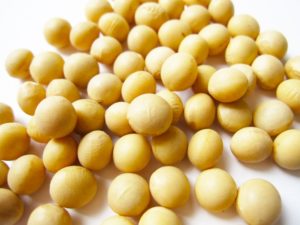 |
 |
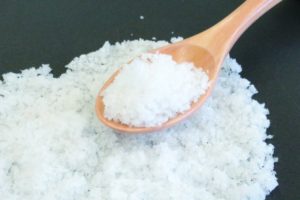 |
Soy sauce which is called ‘Shoyu’ in Japanese is made from nothing but soybeans, salt and wheat. No any additives.
There are 5 main categories in Japanese shoyu.
Koikuchi
which means thick taste -- type is the mainstream.
It develops mainly in the Kanto area, and it is characterized by excellent balance of scent, color and taste.
Usukuchi
"Usukuchi" means "color is pale".
Salt is 18 ~ 19% and it is about 2% higher than Koikuchi soy sauce.
It is suitable for taking advantage of the taste and color of the ingredients to cook.
Tamari
It is mainly soy sauce made in the Chubu region.
Characteristics of this soy sauce are thick and strong umami, a unique scent.
In addition to being used for sushi, sashimi etc, it is used for cooking such as "Teriyaki" etc., for processing of Tsukudani, rice crackers etc, because beautiful red color comes out when heated.
Saishikomi
Yamaguchi prefecture and regional regional special soy sauce.
Usually, "koji" is made with salt water, but it is called "Saishikomi" to prepare with soy sauce.
Saishikomi means: Preparation again.
It is rich in color, taste and scent, also known as "Kanro soy sauce".
Siro
Born in Hekinan City, Aichi Prefecture, Siro soy sauce is even more pale than "Usukuchi".
The taste is sweet and strong while it is fresh, there is a unique scent.
Color thinness and scent are characterized, so you can make use of the color and aroma of the ingredients.
For example
■ Osuimono
■ Chawan-mushi
■ Sembei
■ Tuke-mono
There are various combinations
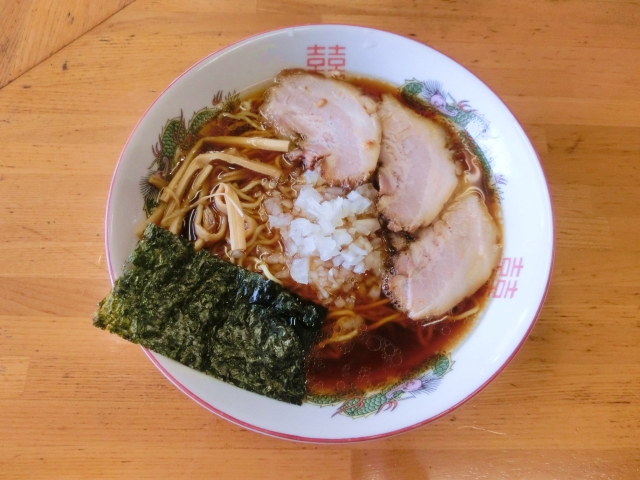
Shoyu itself is the complete seasoning but combining with other ingredients, shoyu can multiply its capacity.
You might know very well how wasabi works with shoyu which is the seasoning used for sushi and sashimi.
What about grated ginger, garlic or daikon radish? They are simple to prepare – just to mix -- but each is very characteristic sauces.
In the same way, soy sauce if mixed with vinegar is good to match with oily food.
If you add some oil of your preference into this mixture, it becomes an orient-inspired dressing for salad.
Japanese noodle soup and dipping sauce is made by adding the mixture of shoyu, ‘mirin wine’ (sweet Japanese wine made from glutinous rice) and ‘sake’ (Japanese rice wine) into bonito fish broth.
This can go sweet too
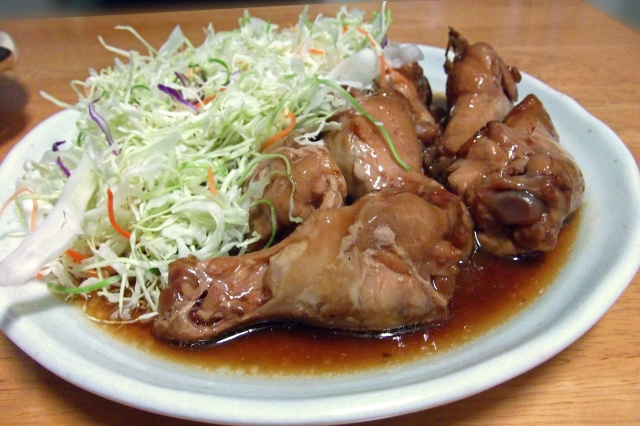
Should you add sugar into the above mixture to which add some wheat flour to create denser consistency, here makes sweet and salty sauce which is too luscious to stop licking. Dipping dumplings, made from rice flour, into this sauce is one of the popular and classic sweets.
This sauce, with an adjustment of the amount of sugar, turns to be the worlds’ favourite teriyaki sauce.
Antiseptic?
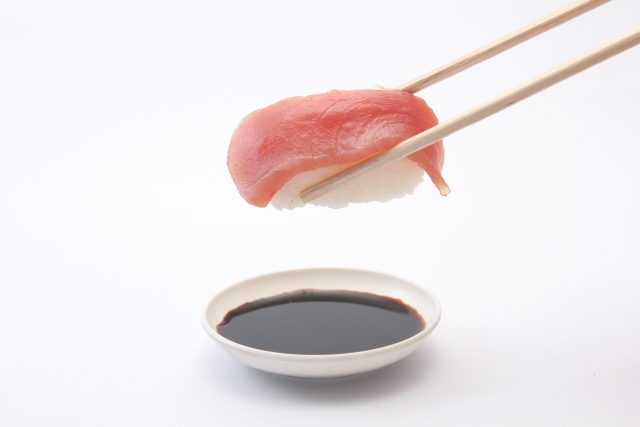
It is proven that shoyu has an antiseptic effect. Therefore, it makes sense that sushi and sashimi are accompanied by shoyu. Wasabi which is the indispensable accompaniment for those dishes is also known for the same effect; thus you’ve got double protection.
